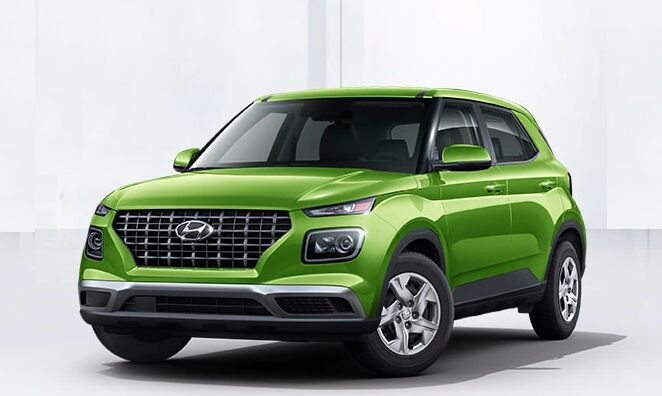#2020HyundaiVenue
2020 Hyundai Venue - A Basic Box
At some point in the past few years, the word “basic” began being used as a pejorative, aimed at young men and women whose personal style and interests were “ exceedingly ordinary,” in the words of the great Urban Dictionary.
You know the stereotype: pumpkin spice lattes and Ugg boots for women; untucked button-down shirts, Axe body spray, and dingy baseball hats for men.
Basic doesn’t have to mean bad, boring, or ordinary, though. It can also mean simple. And the 2020 Hyundai Venue is just that: Simple. And that’s not meant as a pejorative.
Which isn’t to the say the Venue is without flaws. But it’s meant for basic – there’s that word again – transport, and not much else, and it’s poised to do that job well.
Ace of Base: 2020 Hyundai Venue SE
Unless you’ve been living under an especially virulent rock, it’ll not have escaped your notice that most manufacturers are building crossovers and mini-utes (apologies to our readers in Oz for the loose usage of “ute”) to either replace or supplement the cars at the entry-level end of their lineup. After all, customers have to start somewhere, and if an affordable rig exists for young or first time buyers, the company stands a better chance of selling that customer their second car. And third. And so forth.
Priced at $17,250, the entry level Hyundai Venue SE definitely fits the bill. Known for packing its cars to the gunwales with standard features not generally found at instant ramen price levels, has Hyundai taken the same approach with this Venue?
Hyundai's Smallest CUV Probably Out-MPGs Your Car
The Hyundai Venue, a bottom-rung, A-segment crossover of such a diminutive size that you’d be forgiven for thinking it showed up in the wrong market by accident, has undergone testing by the Environmental Protection Agency.
Stretching one inch less than a Kia Rio hatch when measured stem to stern, the Venue is part of Hyundai’s effort to eliminate white space in its U.S. lineup while providing young car buyers with an attainable place to start climbing the Hyundai product ladder. These buyers, the EPA confirms, will not have to worry about lofty fuel bills.
Thinking Small: 2020 Hyundai Venue Arrives in New York, Aims Directly at Millennials
Hyundai’s new Venue is not a large vehicle. At 158.9 inches in length, the sub-subcompact crossover is 5.1 inches shorter than the already petite Kona and 5.9 inches shorter than the Elantra GT. Despite its modest length, the upcoming 2020 Venue, pegged as a cheaper entry point to the Hyundai crossover lineup, doesn’t make many concessions in terms of interior room.
If you’re a hip, urban entrepreneur, Hyundai wants to get you into this front-drive-only Venue. C’mon, you had no intention of taking this thing off-road.



















Recent Comments